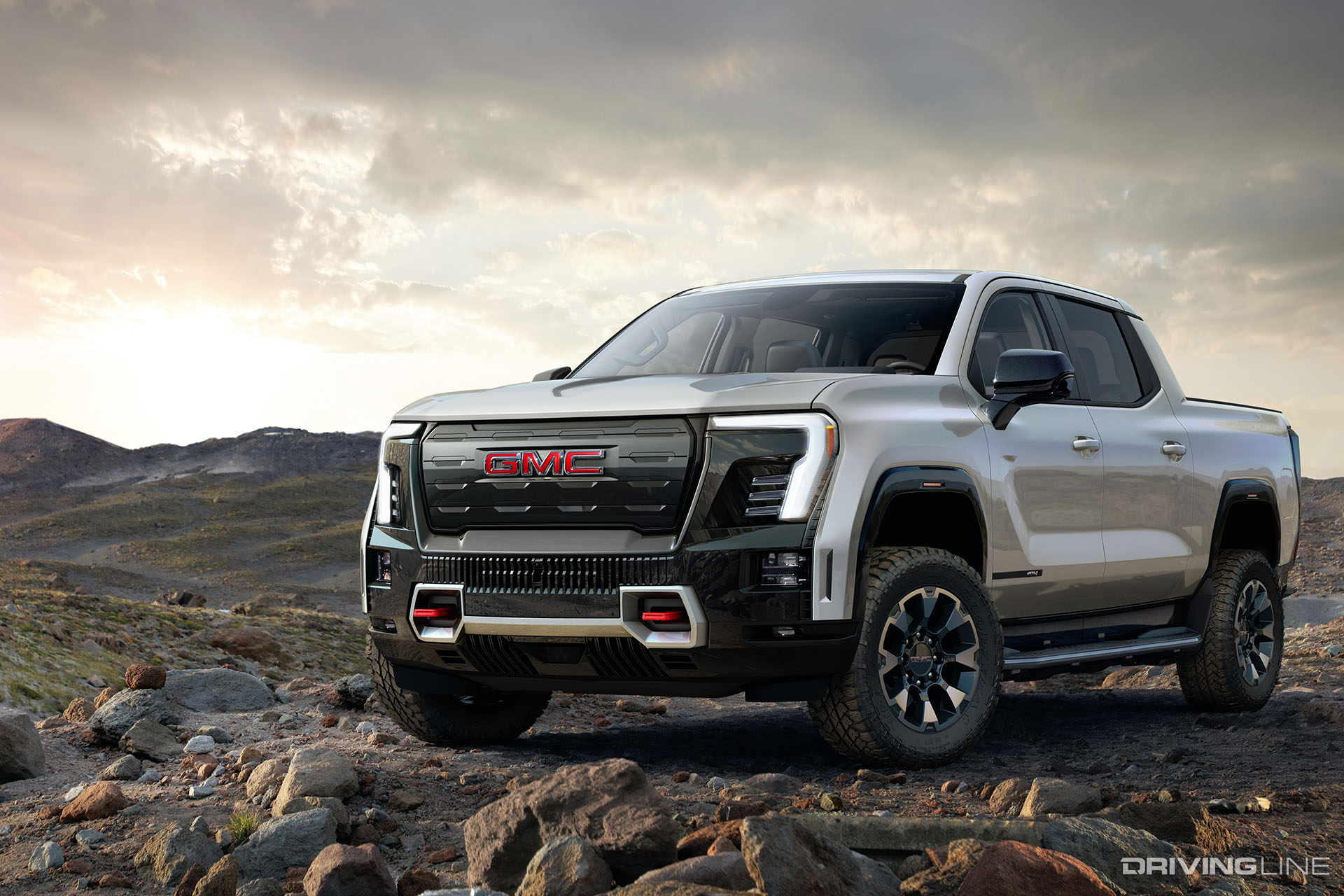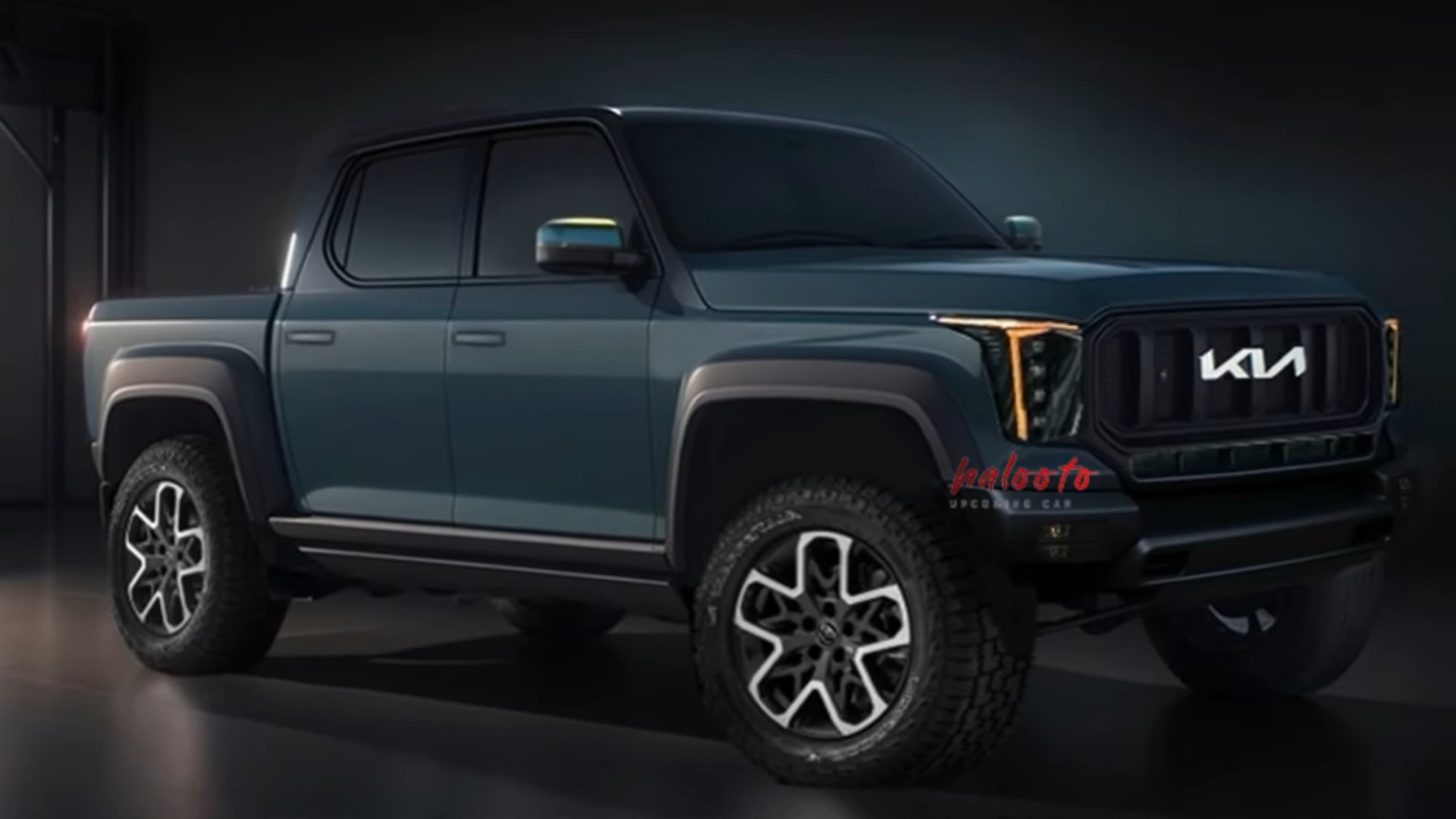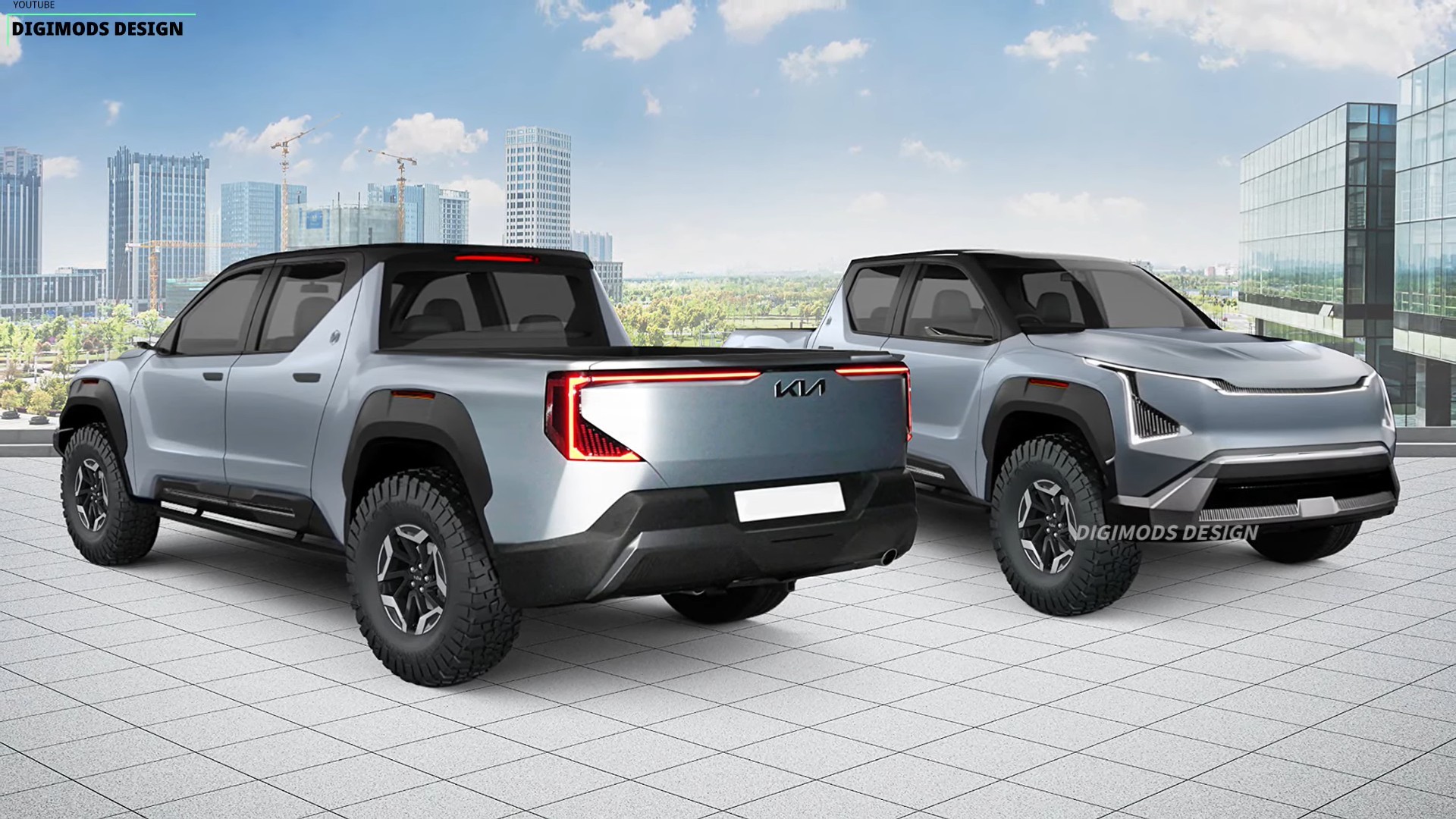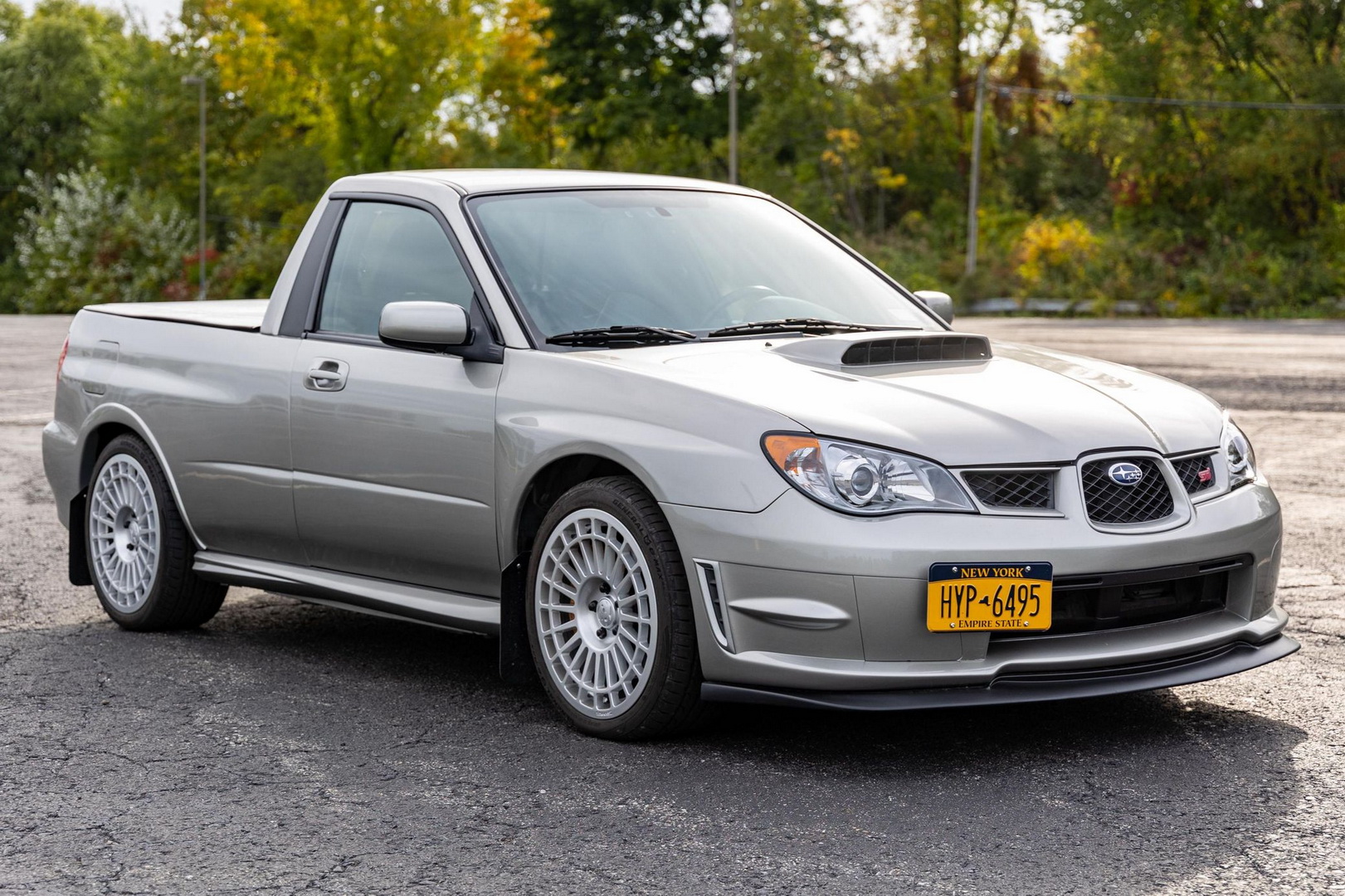Pickup Trucks: The Ultimate Guide to America’s Workhorse and Lifestyle Companion pickup.truckstrend.com
Introduction: More Than Just a Vehicle
The pickup truck, an iconic symbol of utility, freedom, and rugged capability, has transcended its humble origins as a purely utilitarian work vehicle to become a dominant force in the global automotive market. From bustling construction sites to serene wilderness trails, suburban driveways to vast agricultural lands, pickup trucks are an indispensable part of modern life for millions. They represent a unique blend of power, versatility, and comfort, offering solutions for a diverse range of needs, whether it’s hauling heavy loads, towing recreational vehicles, navigating challenging terrains, or simply serving as a reliable daily driver. This comprehensive guide will delve into the multifaceted world of pickup trucks, exploring their evolution, types, benefits, and what to consider when choosing and owning one.
Pickup Trucks: The Ultimate Guide to America’s Workhorse and Lifestyle Companion
What Defines a Pickup Truck? Anatomy and Purpose
At its core, a pickup truck is an automobile with an enclosed cab and an open cargo area with low sides and a tailgate, known as a "bed." This fundamental design allows for the transport of goods that might be too large, dirty, or heavy for an enclosed trunk or cargo area. Unlike SUVs or vans, pickups are typically built on a body-on-frame chassis, similar to heavy-duty commercial vehicles, which provides superior strength, durability, and towing capacity.
Key components include:
- Cab: The enclosed space for passengers, ranging from single-row (Regular Cab) to two-row (Extended/Quad Cab or Crew Cab) configurations.
- Bed: The open cargo area, varying in length (e.g., 5.5 ft, 6.5 ft, 8 ft) to accommodate different hauling needs.
- Chassis: A robust ladder frame that supports the body and powertrain, crucial for towing and payload capacity.
- Powertrain: Typically features powerful gasoline, diesel, or increasingly, electric motors, often paired with robust transmissions and available with two-wheel drive (2WD) or four-wheel drive (4WD) systems.
- Suspension: Designed to handle heavy loads, often featuring leaf springs in the rear for durability.

A Brief History and Evolution of the Pickup Truck
The concept of a vehicle combining passenger space with a cargo area dates back to the early 20th century. Ford is often credited with popularizing the pickup truck with its 1925 Ford Model T Runabout with Pickup Body, essentially a Model T chassis fitted with a steel cargo box. Early pickups were spartan, designed purely for work – durable, easy to maintain, and capable of traversing rough roads.
Through the mid-20th century, pickups grew in size and capability, becoming integral to farms and small businesses. The latter half of the century saw a significant shift: pickups began to offer more comfort and amenities, blurring the lines between work vehicle and family transport. The introduction of four-door cabs and luxurious interior options transformed them into viable alternatives to sedans and SUVs for many consumers. Today, electric pickups are leading the next frontier, promising efficiency and performance with zero emissions.

Types and Categories of Pickup Trucks
The diverse needs of consumers have led to the categorization of pickup trucks based primarily on size, capability, and intended use:
-
Compact Pickups: (e.g., Ford Maverick, Hyundai Santa Cruz)

- Smaller footprint, often unibody construction (like a car).
- More fuel-efficient and maneuverable for urban environments.
- Lower towing and payload capacities, but practical for light duties and recreational use.
- Appeal to those who want truck utility without the bulk of a full-size.
-
Mid-size Pickups: (e.g., Toyota Tacoma, Ford Ranger, Chevrolet Colorado)
- Larger and more capable than compacts, typically body-on-frame.
- Good balance of maneuverability, fuel economy, and capability.
- Popular for off-roading, light towing, and recreational activities.
- A versatile choice for many who don’t need maximum capacity.
-
Full-size Light-Duty Pickups (Half-Ton): (e.g., Ford F-150, Ram 1500, Chevrolet Silverado 1500, Toyota Tundra)
- The best-selling segment in North America, offering a wide range of configurations.
- Significant towing and payload capacities, comfortable interiors, and advanced technology.
- Used for heavy-duty work, large recreational towing (boats, campers), and as primary family vehicles.
- Often available with various engine options (V6, V8, hybrid).
-
Full-size Heavy-Duty Pickups (Three-Quarter Ton & One-Ton): (e.g., Ford F-250/F-350, Ram 2500/3500, Chevrolet Silverado 2500/3500)
- Designed for maximum capability, featuring reinforced frames, heavier suspension, and often powerful diesel engines.
- Essential for commercial applications, hauling massive trailers (fifth-wheel, gooseneck), and heavy equipment.
- Less focused on ride comfort but excel in brute strength and durability.
-
Electric Pickups: (e.g., Ford F-150 Lightning, Rivian R1T, Tesla Cybertruck)
- The newest category, offering instant torque, quiet operation, and lower running costs.
- Often feature innovative storage solutions (frunks), on-board power outlets, and advanced tech.
- Range and charging infrastructure are key considerations.
The Unmatched Versatility: Why Choose a Pickup?
The appeal of a pickup truck lies in its incredible versatility:
- Hauling and Towing: Their primary function, enabling transport of lumber, furniture, construction materials, or pulling trailers for boats, RVs, and heavy equipment.
- Off-Road Capability: Many models, especially mid-size and light-duty full-size, offer 4WD systems, high ground clearance, and specialized off-road packages for adventuring.
- Utility and Practicality: The open bed allows for dirty or irregularly shaped items that wouldn’t fit in an SUV. Modern beds often include tie-downs, bed liners, and power outlets.
- Family Vehicle: With spacious crew cabs, pickups can comfortably seat five or six passengers, rivaling SUVs in interior space and comfort, especially in higher trim levels.
- Customization: A vast aftermarket industry provides endless options for personalization, from lift kits and specialized tires to bed covers and toolboxes.
Key Considerations When Buying a Pickup Truck
Choosing the right pickup truck requires careful consideration of your specific needs and budget:
- Purpose: What will you primarily use the truck for? Work, recreation, daily commuting, or a mix? This will dictate size and capability.
- Towing and Payload Capacity: Understand the maximum weight your truck can safely tow (trailer weight) and haul (cargo in the bed plus passengers). Check the Gross Combined Weight Rating (GCWR) and Gross Vehicle Weight Rating (GVWR).
- Engine and Drivetrain: Gasoline, diesel, or electric? V6 or V8? 2WD or 4WD? Consider power, torque, fuel efficiency, and your typical driving conditions.
- Cab Configuration:
- Regular Cab: Two doors, one row of seats, maximum bed length.
- Extended/Quad Cab: Smaller rear doors, limited rear seat space, good for occasional passengers or extra storage.
- Crew Cab: Four full-size doors, spacious rear seats, ideal for families or multiple adult passengers.
- Bed Length: Shorter beds are easier to maneuver, longer beds offer more cargo space. Choose based on what you plan to haul.
- Trim Level and Features: Modern pickups offer everything from basic work trucks to luxurious models with leather seats, advanced infotainment, and driver-assist technologies. Balance desired features with budget.
- Fuel Efficiency: Pickups, especially larger ones, can be thirsty. Consider MPG ratings and your annual mileage.
- Budget: Purchase price, insurance, maintenance, and fuel costs should all be factored in.
Ownership & Maintenance Tips for Pickup Trucks
Proper maintenance is crucial for longevity and performance:
- Regular Servicing: Follow the manufacturer’s recommended maintenance schedule for oil changes, tire rotations, fluid checks, and filter replacements.
- Tire Care: Maintain correct tire pressure, rotate tires regularly, and consider specialized tires if you frequently tow or go off-road.
- Load Distribution: When hauling, distribute weight evenly in the bed to maintain stability and prevent excessive strain on the suspension.
- Towing Best Practices: Ensure your trailer is properly hitched, lights are working, and adjust your driving style (slower speeds, longer braking distances).
- Rust Prevention: Especially in colder climates, regular washing and undercarriage cleaning can help prevent rust.
- Bed Protection: Invest in a bed liner or spray-in coating to protect the bed from scratches and dents.
Challenges and Solutions
While versatile, pickups do come with potential challenges:
- Fuel Costs: Larger engines and heavier vehicles naturally consume more fuel.
- Solution: Consider more fuel-efficient models (V6, hybrid, electric), drive conservatively, and optimize routes.
- Maneuverability and Parking: Their size can make navigating tight spaces and parking lots difficult.
- Solution: Utilize parking sensors, backup cameras, and 360-degree cameras. Practice makes perfect.
- Higher Purchase Price: New pickups can be expensive, especially higher trims.
- Solution: Explore mid-size options, consider used trucks, or look for sales and incentives.
- Empty Bed Ride Quality: Without weight in the bed, the rear suspension can feel stiff or bouncy.
- Solution: This is often inherent, but some drivers add a small amount of weight (e.g., sandbags in winter) or opt for air suspension systems if available.
Price Table: A Snapshot of Pickup Truck Categories
Please note that prices are highly variable based on trim level, engine, drivetrain, added features, and regional market conditions. The figures below are estimated starting MSRPs for base models and general ranges for higher trims, as of late 2023/early 2024.
| Category | Example Models (Base) | Estimated Starting MSRP (USD) | Typical Target User & Features |
|---|---|---|---|
| Compact Pickups | Ford Maverick, Hyundai Santa Cruz | $24,000 – $30,000 | Urban dwellers, light DIYers, fuel-conscious buyers. Car-like ride, good maneuverability, lighter duty. |
| Mid-size Pickups | Toyota Tacoma, Ford Ranger, Chevy Colorado | $28,000 – $40,000 | Adventurers, small business owners, light towers. Good off-road capability, balanced utility, easier to park than full-size. |
| Full-size Light-Duty | Ford F-150, Ram 1500, Chevy Silverado 1500 | $35,000 – $55,000 | Families, serious DIYers, RV/boat owners, general contractors. High versatility, strong towing/payload, wide range of trims. |
| Full-size Heavy-Duty | Ford F-250/350, Ram 2500/3500, Chevy Silverado 2500/3500 | $45,000 – $65,000+ | Commercial users, heavy equipment haulers, large fifth-wheel owners. Maximum towing/payload, robust chassis, often diesel engines. |
| Electric Pickups | Ford F-150 Lightning, Rivian R1T, Tesla Cybertruck | $50,000 – $80,000+ | Tech enthusiasts, eco-conscious buyers, early adopters. Instant torque, quiet, innovative features, lower running costs (electricity). |
Note: These prices do not include destination fees, taxes, or optional equipment. Higher trim levels for any category can easily push prices well above the upper end of the estimated range.
Frequently Asked Questions (FAQ) about Pickup Trucks
Q1: What’s the difference between payload and towing capacity?
A1: Payload capacity is the maximum weight a truck can carry in its bed and cab (including passengers and cargo). Towing capacity is the maximum weight a truck can pull on a trailer. Both are crucial for safety and performance, and exceeding either can be dangerous and damage the vehicle.
Q2: Can a pickup truck be a good daily driver?
A2: Absolutely! Modern crew cab pickups, especially light-duty full-size models, offer comfortable rides, spacious interiors, and advanced features that make them excellent daily drivers for families and individuals alike. Compact and mid-size trucks are even more maneuverable for urban commuting.
Q3: Are diesel pickups better than gasoline pickups for towing?
A3: Generally, yes. Diesel engines produce significantly more torque at lower RPMs, which is ideal for heavy towing and hauling. They also tend to be more fuel-efficient when loaded. However, diesel trucks usually have a higher initial cost and potentially higher maintenance expenses.
Q4: What’s the benefit of 4WD over 2WD?
A4: 4WD (Four-Wheel Drive) provides enhanced traction and control on slippery surfaces (snow, mud, gravel) and rough terrain by delivering power to all four wheels. 2WD (Two-Wheel Drive), usually rear-wheel drive (RWD) in pickups, is sufficient for most on-road driving and generally offers better fuel economy and a lower purchase price.
Q5: Are electric pickup trucks a viable option now?
A5: Yes, electric pickups like the Ford F-150 Lightning and Rivian R1T are proving to be highly capable, offering impressive towing, payload, and acceleration. Viability depends on your typical range needs, access to charging infrastructure, and budget, but they are a rapidly growing segment.
Conclusion: The Enduring Appeal of the Pickup Truck
From its utilitarian roots to its current status as a versatile lifestyle vehicle, the pickup truck has continuously evolved to meet the demands of a changing world. Its unmatched combination of power, durability, and practicality makes it an indispensable tool for work, an adventurous companion for recreation, and a comfortable daily driver for families. Understanding the various types, key considerations, and proper ownership practices empowers consumers to make an informed decision and fully leverage the incredible capabilities these iconic vehicles offer. The pickup truck is more than just a mode of transport; it’s a symbol of American ingenuity and a testament to enduring utility, promising to remain a cornerstone of our automotive landscape for generations to come.
